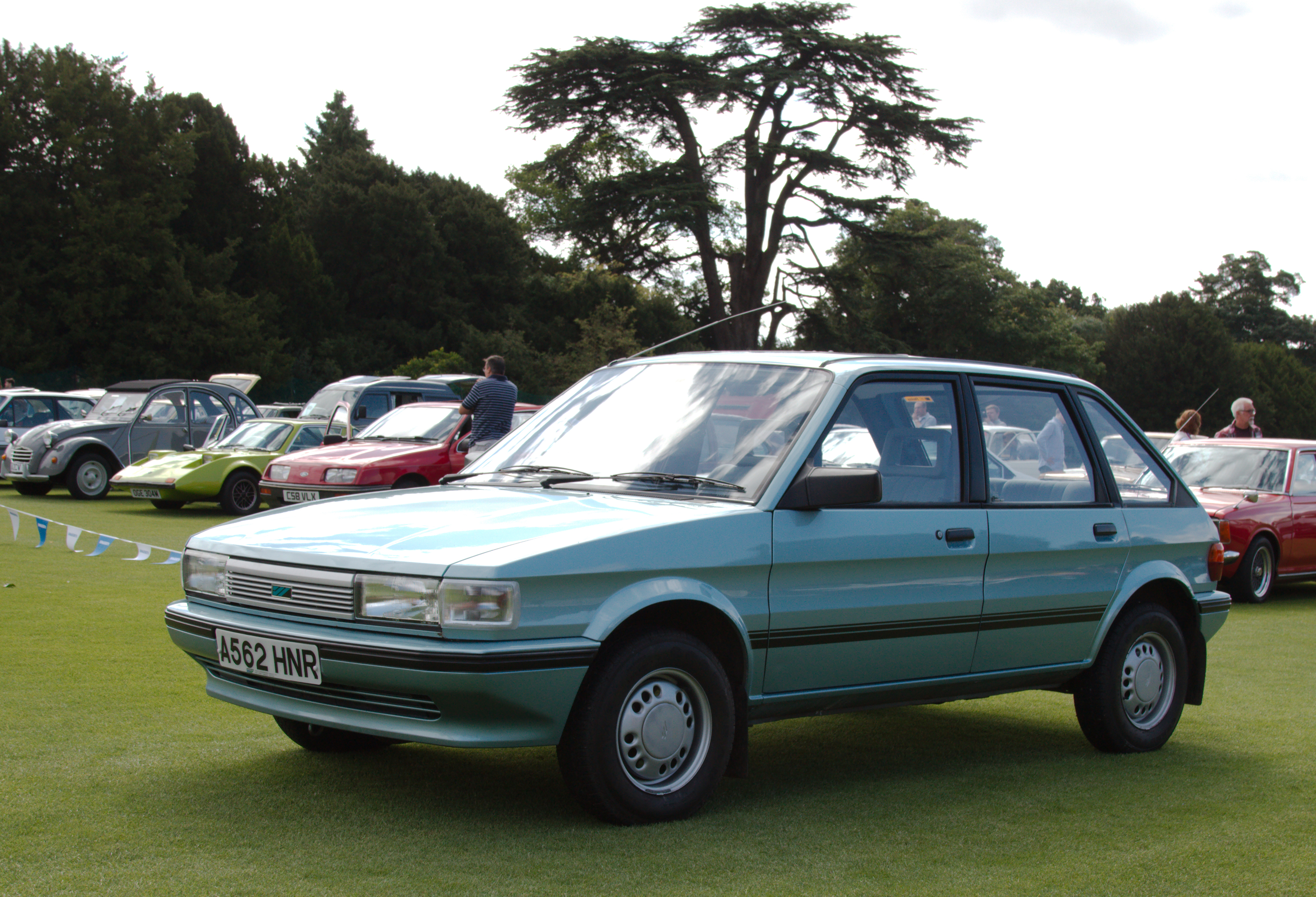-
Insurance
InsuranceAbout our productsLearn about insuringGet a quote Get current values, historical values, model history and more.
-
Valuation
ValuationHagerty valuation toolLook up a vehicle value Get current values, historical values, model history and more.
-
Events
EventsHagerty official eventsHagerty ClubhouseEvent calendar
-
Entertainment
EntertainmentMore to explore
- Portal login
1989 Austin Maestro
1.3 5dr Hatchback 1.3 L
Vehicle values by condition
Fair
Condition 4
£800
#4 cars are daily drivers, with flaws visible to the naked eye. The chrome might have pitting or scratches, the windshield might be chipped.
Good
Condition 3
£1,200
#3 cars could possess some, but not all of the issues of a #4 car, but they will be balanced by other factors such as a fresh paint job or a new, correct interior.
Excellent
Condition 2
£2,300
#2 cars could win a local or regional show. They can be former #1 cars that have been driven or have aged. Seasoned observers will have to look closely for flaws.
Concours
Condition 1
£4,000
#1 vehicles are the best in the world. The visual image is of the best car, unmodified, in the right colours, driving onto the lawn at the finest concours.
Insurance premium for a
1989 Austin Maestro 1.3 5dr Hatchback 1275
valued at £1,200
£175.85
/ year*
History of the 1983 - 1994 Austin Maestro

1983 - 1994 Austin Maestro
Austin's new large hatchback burst onto the UK scene in March 1983 to replace both the Austin Allegro and Austin Maxi. With a 4-cylinder engine driving the front wheels, a sloping bonnet, five doors and a hatchback, it was aimed at the family market. Like the Metro, the Maestro's smallest engine was the 1275cc OHV 1.3 in three spec levels: base, L and HLE, the latter offering the sublime style of tweed seat facings and 'econometer' lamps on the fascia. The 1598cc OHC 1.6 was offered in L, HLS and Auto spec, and there was also a Vanden Plas edition for those who yearned for a silver and chrome radiator grille, electric windows and even a trip computer featuring a voice synthesis system.
The MG badge also adorned the new Maestro. Purists may have grumbled, but the practice of adding MG badges to BMC saloons was long established. At first, the MG Maestro used the R-Series 1598cc engine breathing through twin-Weber carburettors but it proved problematic, and in October 1984 the model was dropped in favour of the MG Maestro 2.0i. The car was transformed, not only by the 1994cc O-Series fuel injected engine from the Montego, but also through a rear anti-roll bar, body colour door handles, grille and mirrors, and a new interior including a three-spoke leather steering wheel. With 115bhp on tap, the car was a true hot hatch and gave the Volkswagen Golf GTi and Ford Escort XR3i runs for their money. Finally, in January 1989 the MG Maestro Turbo EFi was introduced, with the Montego Turbo power unit, uprated suspension and a body styling kit fitted by Tickford.
From 1990 until 1995, a diesel was introduced. The Maestro Clubman D/DLX had a naturally-aspirated 1994cc MDi engine producing 60bhp with a 2-stage injection system with torque axis mounting similar to Montego diesels. In 1992 a turbo was added, the gearbox revised and emission performance enhanced, with power output now at 81bhp. The range was discontinued: the Turbo DLX in March 1993 and the Turbo D in January 1995.
Maestros were badged as Austins (or MG) until the 1988 sale of BL to British Aerospace, and thereafter built as Rovers but never badged as such.
All 1989 Austin Maestro body types
| Year | Make | Model | Submodel | Body Type | Engine size | Average value |
|---|---|---|---|---|---|---|
| 1983 | Austin | Maestro | 1.3 5dr | Hatchback | 1.3 L | £ 800 1,200 2,300 4,000 |
| 1983 | Austin | Maestro | 1.6 5dr | Hatchback | 1.6 L | £ 900 1,400 2,500 4,400 |
Hagerty Newsletter
Get your weekly dose of car news from Hagerty UK in your inbox

ADVERTISEMENT